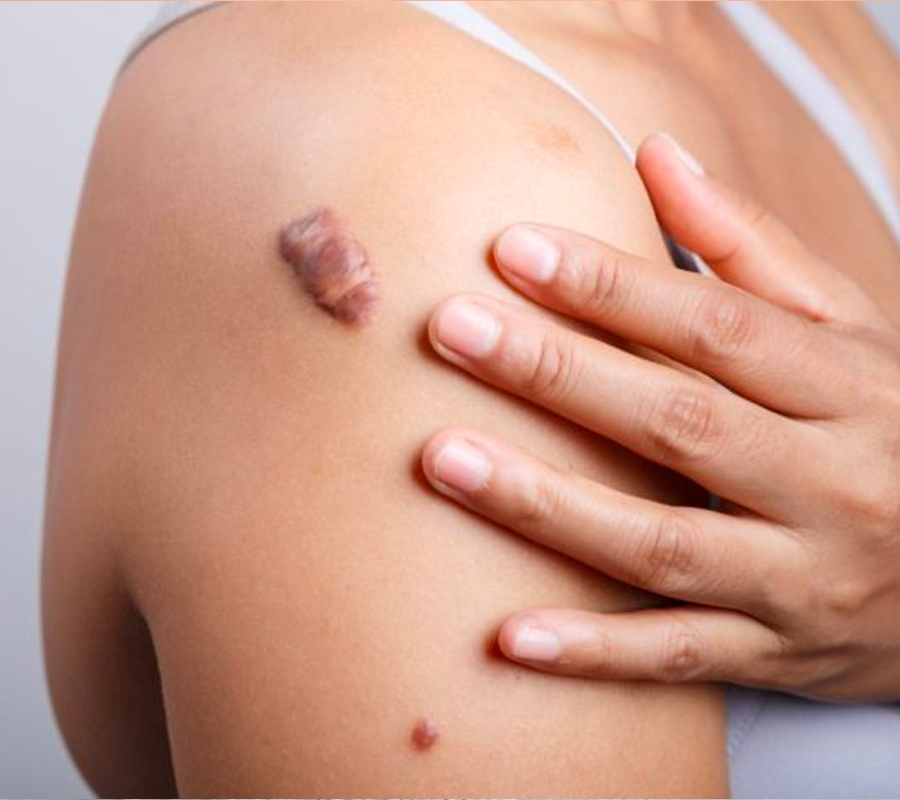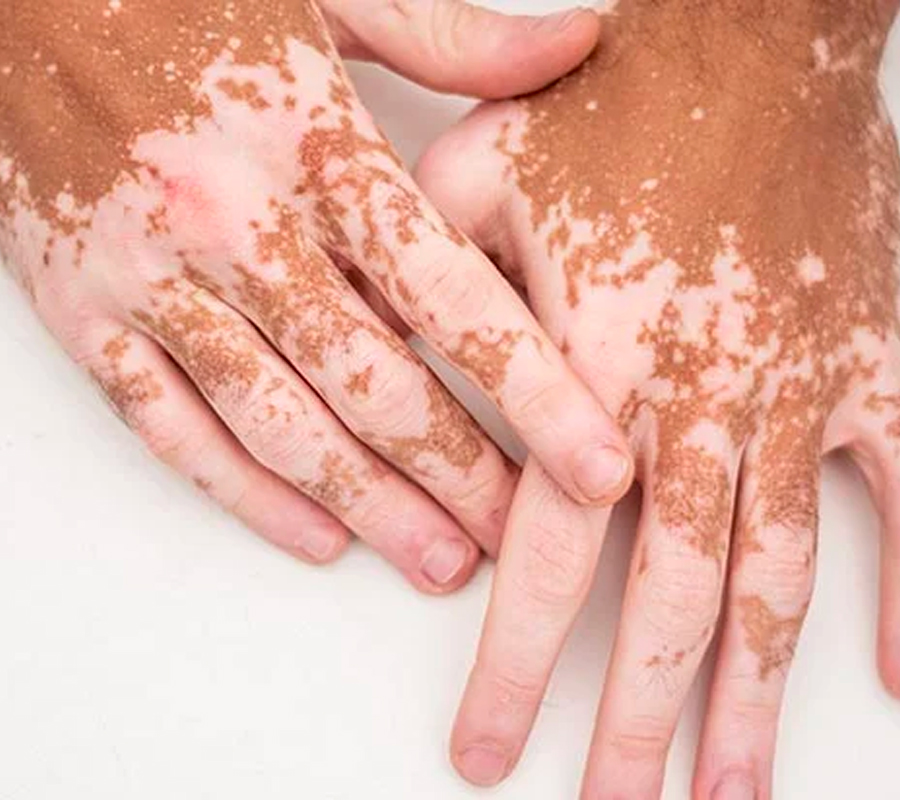
Keloid Treatment
Keloids are a type of raised scar that can occur as a result of an aggressive natural healing response to skin injury, such as a minor burn, cut, or abrasion. These scars can appear as smooth, hard growths that are even larger than the original wound. Keloids are most commonly found on the chest, shoulders, back, neck, earlobes, and cheeks, but they can also affect other areas of the body. Although keloids are not harmful or contagious, they can be a cosmetic concern that causes emotional distress. Both men and women can develop keloids, but people with darker skin tones are more prone to them.
Common causes and risk factors
Keloids are formed because of the overproduction of collagen fibers by the fibroblasts over the wound. Most common skin injuries that lead to keloid scarring includes:
- Acne scars
- Ear or any other body piercing
- Burns
- Chickenpox scars
- Site of vaccination
- Incisions sites of surgery
- Minor skin scratches or bumps
- An insect bite
- Hair removal
- Wearing tightly braided hair
Some risk factors include:
- Pregnancy
- Family history
Keloids treatments – A treatment plan may include the following options:
- Medications : Corticosteroid injections
- Cryotherapy
- Pressure Therapy
- Laser Resurfacing
- Silicone Sheets & Gels
- Surgical removal
Vitiligo Surgeries
Vitiligo is a skin condition caused by the loss of pigmentation, resulting in irregular pale white patches or spots on the skin. It is a non-contagious and non-life threatening condition that can affect any area of the skin but is commonly seen on the neck, face, hands, and skin creases. Vitiligo is more prevalent in people with brown or black skin and can cause emotional distress due to social stigma. Although it is not curable, people have the option to restore the natural color of their affected skin, but there is still a possibility of recurrence or further loss of pigmentation.

Vitiligo Treatment Options
When considering vitiligo treatment, people usually opt for it if the condition is severe, causing discomfort, or making them unhappy. The aim of the treatment is to reduce the appearance of depigmented patches, but it cannot stop the spread of the disease. Treatment options vary depending on factors such as the speed of progression, age, affected area, and impact on quality of life. Here are the few treatment options available:
Topical Therapy:
- Skin camouflage creams
- Corticosteroid creams
- Calcineurin inhibitor ointments
- UVA and UVB Phototherapy
Vitiligo Surgery:
- Skin grafting
- Blister grafting
- Cellular suspension transplant
Note: The patients with stable vitiligo condition that is unresponsive to other treatment methods may consider the techniques listed under vitiligo surgery.

